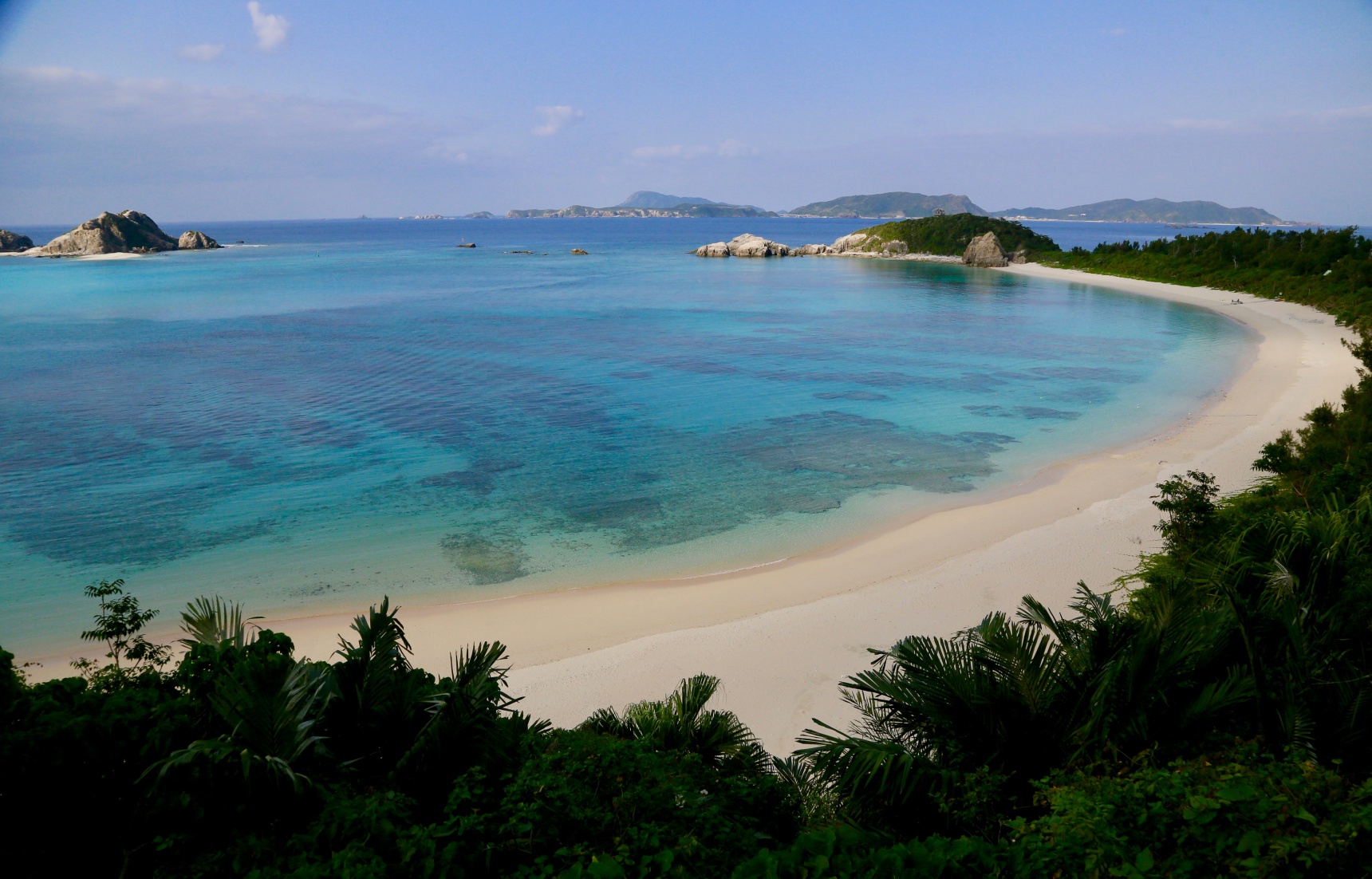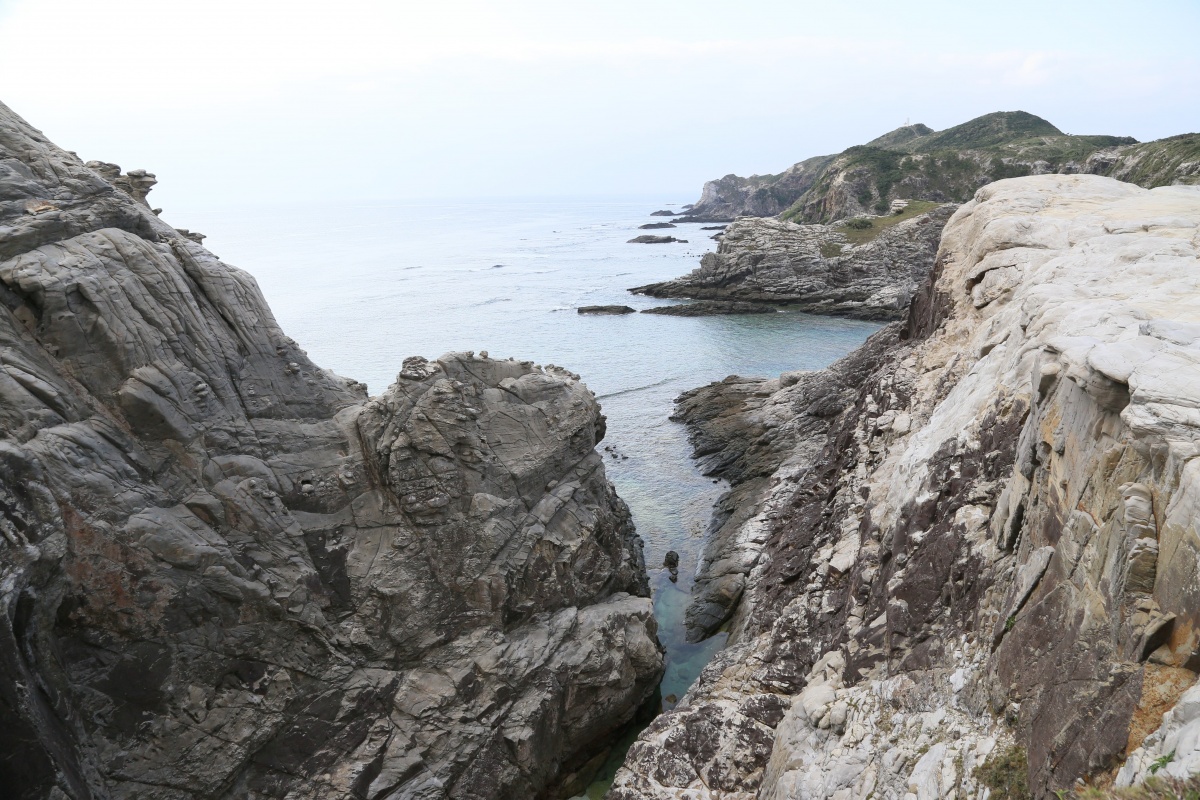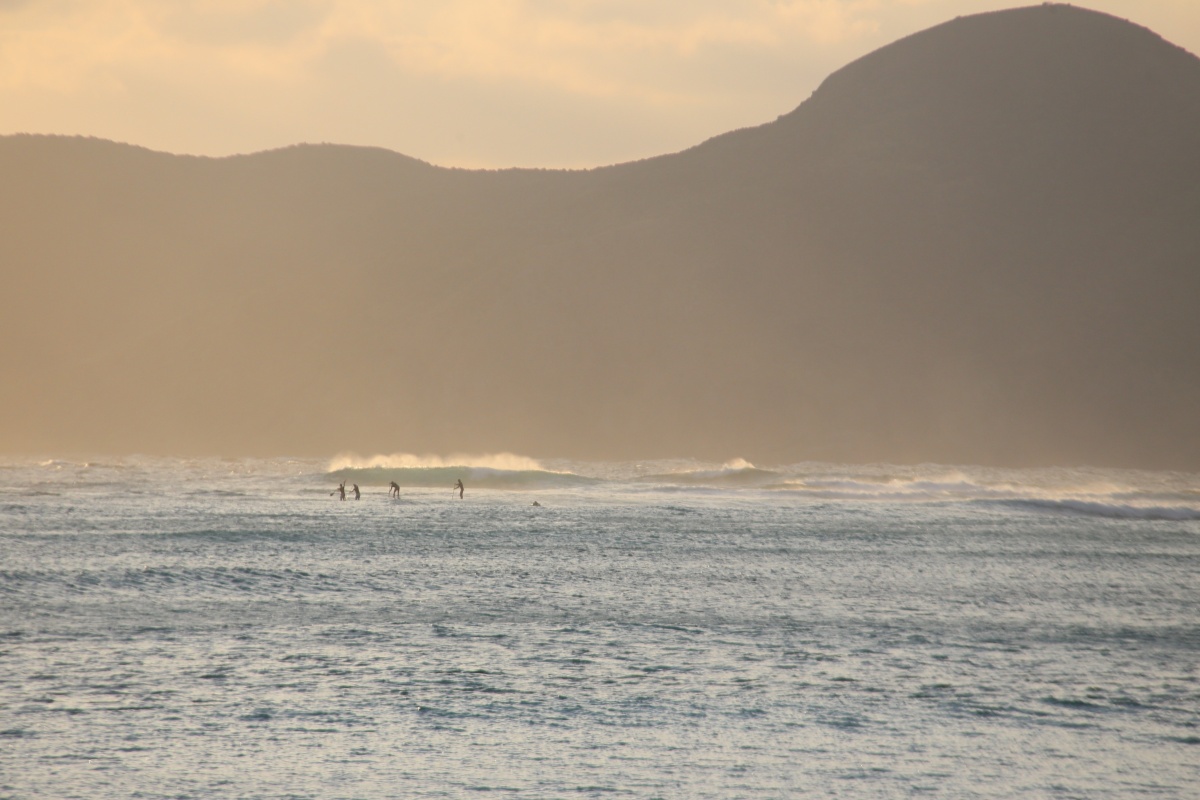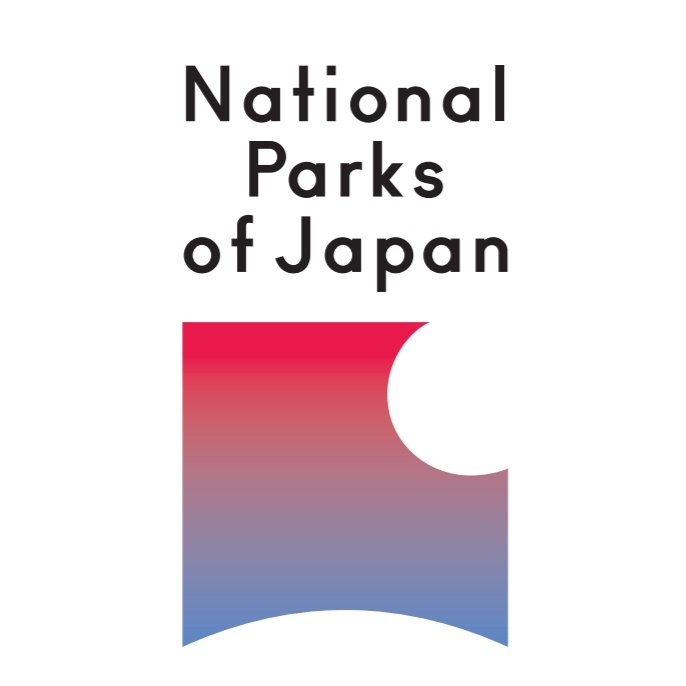Japan’s Ocean Paradise

Keramashoto National Park—just off the coast of Naha in Okinawa—is a major draw for the global diving community, with over 150 different diving spots. But you don’t need to be a committed diver to have a great time there!
By National Parks of JapanWatch Those Whales
One the subject of size, the largest sea animal visitors will meet in the Keramas is the humpback whale. These whales—which can grow up to 15 meters—swim down from the Bering Strait and other areas to breed and rear their young in the Keramas, and can be seen between January and March every year.
Humpbacks are a favorite with whale-watchers worldwide because of their acrobatics, which include breaching (jumping out of the water), spy hopping (in which they raise their head and part of their body out of water) and tail-slapping, and are often used in their courtship rituals.
Aboard tour boats, visitors can get between 100 to 300 meters of the whales. Better still, because professional spotters on shore provide advice on where the whales are, some boats boast a whopping 90% success rate in finding them.
You can also whale-watch without leaving land. Simply climb up to one of several hilltop viewpoints on the islands of Tokashiki and Zamami to get sweeping views of the ocean and watch out for the whale blow. For best results, be sure to bring a pair of binoculars!
In addition to diving, snorkeling and whale-watching, watersports enthusiasts can also enjoy sea kayaking and stand up paddle surfing.
Photo: Divers swimming with colorful fish and exploring coral reefs off the coast of Zamami.
Things to Do on Land: History and Hiking
There is no shortage of things to do on land either! The Kerama Islands have a long and rich history to explore. For centuries, the islands served as a key staging post for ships sailing between Okinawa and China in the days of the Ryukyu Kingdom (1429–1879), when trade with China played an important economic role in the region.
The Takara House on the little island of Geruma used to be the home of one such prosperous seafarer, Peechin Nakandakari, and reflects the traditional way of life in the islands. It is thought to have been built in the 19th century, and is designated an Important Cultural Property. Surrounded by high coral and Ryukyu limestone walls, capped with a red-tile roof and built low to the ground, it was designed to survive powerful typhoons. The interior also houses a collection of handmade folk furniture that gives further insight into life in the past.
The islands of Kerama are all quite small and densely forested. They also have walking routes suitable for various levels of activity, and as such, hiking is a great way to get a true feel for each one. Here are some recommended hiking routes on two islands, Tokashiki and Zamami.
Photo: The walls and hedges surrounding the Takara House on the island of Geruma.
3 Routes on Tokashiki Island

As the biggest of the islands, Tokashiki Island offers the longest and most energetic hikes. One course is 9 kilometers long, and takes you down the spine of the island, all the way from Tokashiki Village to Aharen Village. It offers tantalizing glimpses of ever-changing “Kerama Blue,” the regional name for the gorgeous seascape surrounding the island, en route.
With a sweeping clifftop view, it’s easy to recommend the 7 kilometer course (roundtrip) which goes from Aharen Village to the Aharenmisaki Enchi Viewpoint at the southernmost tip of the island. It provides wild and spectacular sea views, as well as the sight of the little white lighthouse on the nearby island of Unjima.
Photo: The cliffside view of the encroaching ocean waves, as seen from the Aharenmisaki-Enchi Viewpoint.
For anyone interested in the history of World War II, the course on the grounds of the National Okinawa Youth Friendship Center takes you from the summit of Mt. Nishiyama down to Tokashiki Village, and covers multiple sites connected to the opening days of the Battle of Okinawa in 1945.
Photo: The Mihanabaru Walking Path on Tokashiki Island.
3 Routes on Zamami Island

The Zamami Moonwalk (3 kilometer round trip) takes you from Zamami Harbor up to the top of Mt. Takatsuki. From there, visitors can enjoy splendid views over the serene splendor of Agenoura Bay, where sailing vessels dropped anchor to wait for favorable winds in the days of the Ryukyu Kingdom.
For a combination of splendid cliff-top views with the opportunity for a nice dip in the sea, try the 6-kilometer-long roundtrip course from Zamami Harbor via Ama Beach to the Kaminohama Viewpoint on the island’s western tip. Ama Beach is a great place for snorkeling, while Kaminohama offers sweeping panoramic views by day and magnificent sunsets in the evening. Kaminohama is currently undergoing maintenance, but is scheduled to reopen in May, 2020.
For beach lovers, the Furuzamami Walk (a 3 kilometer round trip) is an excellent option. This walk goes from Zamami Harbor to Furuzamami Beach. The beach has excellent snorkeling in season and is a lovely place for a stroll at any time of year. It only takes about 20 minutes to walk from one end of the beach to the other, so it’s a very leisurely way to soak in the scenery.
Photo: Stand up paddle surfers catching some waves at sunset on Zamami Island’s Ama Beach.
The Kerama Islands: Something for Everyone
From diving, snorkeling and whale-watching to hiking and visiting historic sites, Kerama-Shoto National Park really does offer something for everyone, on land or at sea, at any time of the year.



